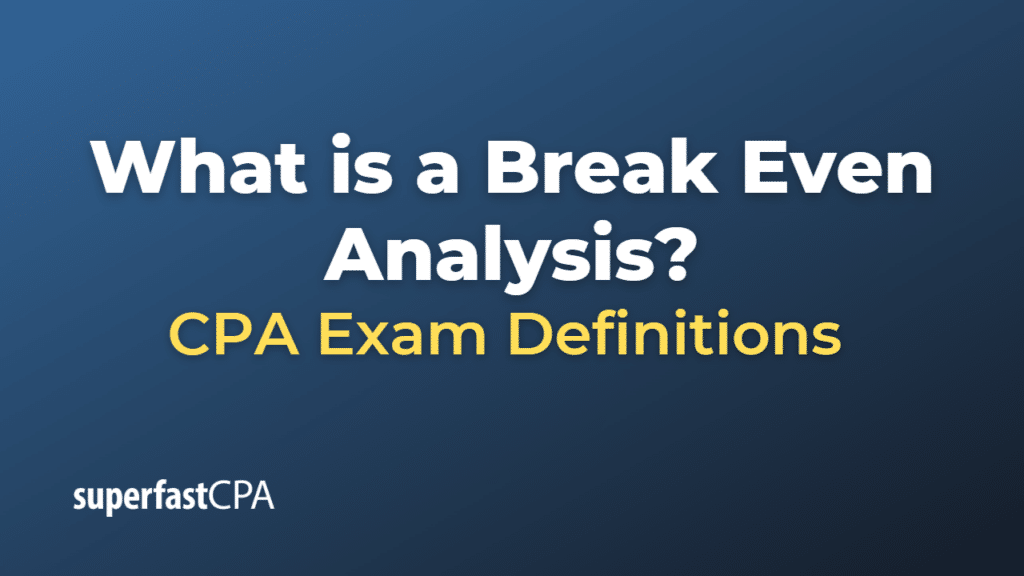Break Even Analysis
A break-even analysis is a financial calculation used to determine the level of sales or production at which a business’s total revenues equal its total costs. In other words, it’s the point where the company neither makes a profit nor incurs a loss. The break-even analysis is a critical tool for businesses to understand their financial performance, pricing strategies, and cost structures, as well as to make informed decisions about profitability, growth, and risk management.
To conduct a break-even analysis, businesses need to identify and calculate their fixed costs, variable costs, and sales revenues:
- Fixed costs: These are the expenses that remain constant regardless of the level of production or sales, such as rent, insurance, and salaries.
- Variable costs: These are the expenses that vary directly with the level of production or sales, such as raw materials, labor, and packaging.
- Sales revenues: This is the total income generated from the sale of goods or services.
The break-even point (BEP) can be calculated using the following formula:
Break-Even Point (in units) = Fixed Costs / (Selling Price per Unit – Variable Cost per Unit)
By understanding the break-even point, businesses can determine the minimum sales volume required to cover their costs and make informed decisions about pricing, production levels, and cost reduction strategies to improve their profitability.
Keep in mind that the break-even analysis is a simplified model that makes certain assumptions, such as constant fixed and variable costs, and it does not take into account factors like changes in market conditions or the impact of competitors’ actions. However, it is still a valuable tool for understanding a business’s cost and revenue structure and informing strategic decision-making.
Example of a Break Even Analysis
Let’s consider a fictional company, ComfyShoes Inc., which manufactures and sells sports shoes. ComfyShoes wants to perform a break-even analysis to determine the number of shoes they need to sell to cover their costs.
The following information is available for ComfyShoes Inc.:
- Fixed costs: $200,000 per year (includes rent, salaries, utilities, etc.)
- Variable costs: $25 per pair of shoes (includes raw materials, labor, packaging, etc.)
- Selling price: $75 per pair of shoes
Using the break-even point formula:
Break-Even Point (in units) = Fixed Costs / (Selling Price per Unit – Variable Cost per Unit)
We can plug in the values:
Break-Even Point (in units) = $200,000 / ($75 – $25)
Break-Even Point (in units) = $200,000 / $50
Break-Even Point (in units) = 4,000 pairs of shoes
ComfyShoes Inc. needs to sell 4,000 pairs of shoes to cover its fixed and variable costs and reach the break-even point. Any sales beyond 4,000 pairs will result in a profit, while sales below this level will result in a loss.
Understanding the break-even point allows ComfyShoes to make informed decisions about pricing, production levels, and marketing strategies. For example, if the company wants to increase its profit margin, it could consider raising the selling price, reducing variable costs, or finding ways to lower fixed costs. Additionally, the break-even analysis can help the company set sales targets and evaluate the feasibility of new product launches or expansion plans.













